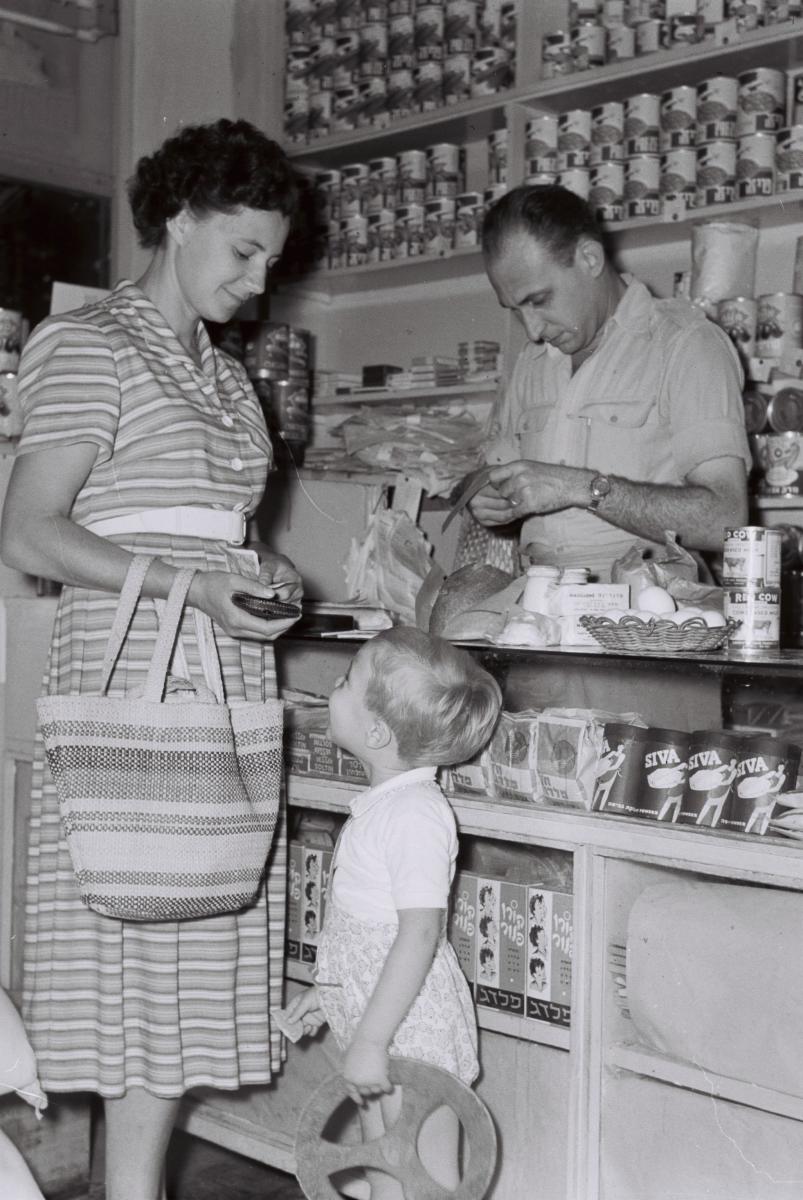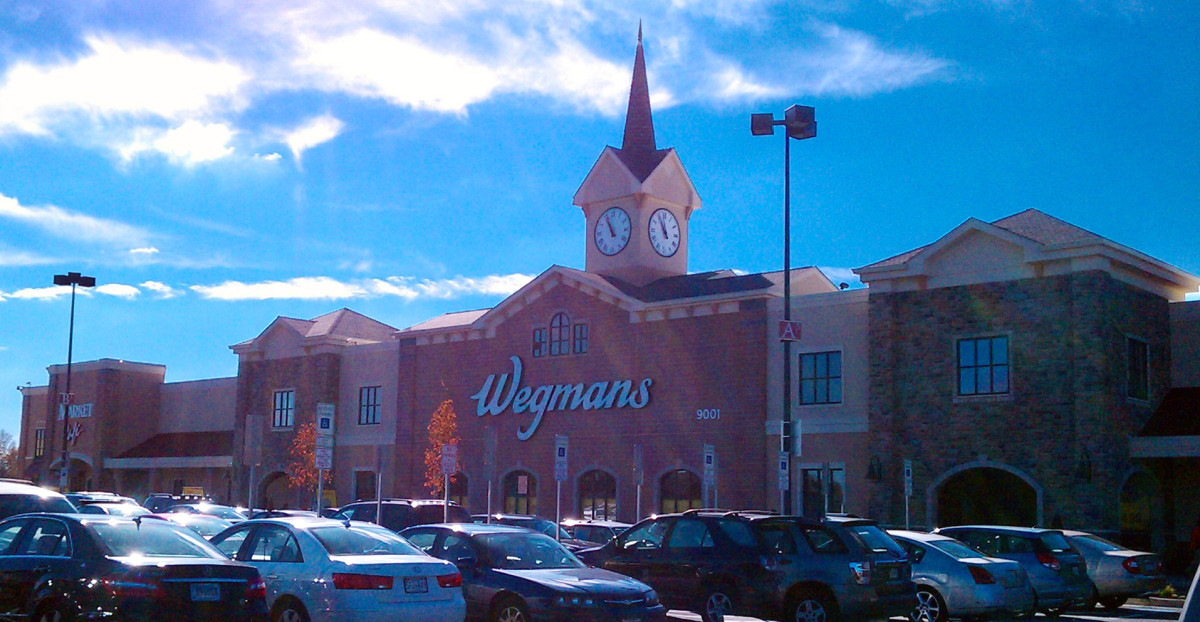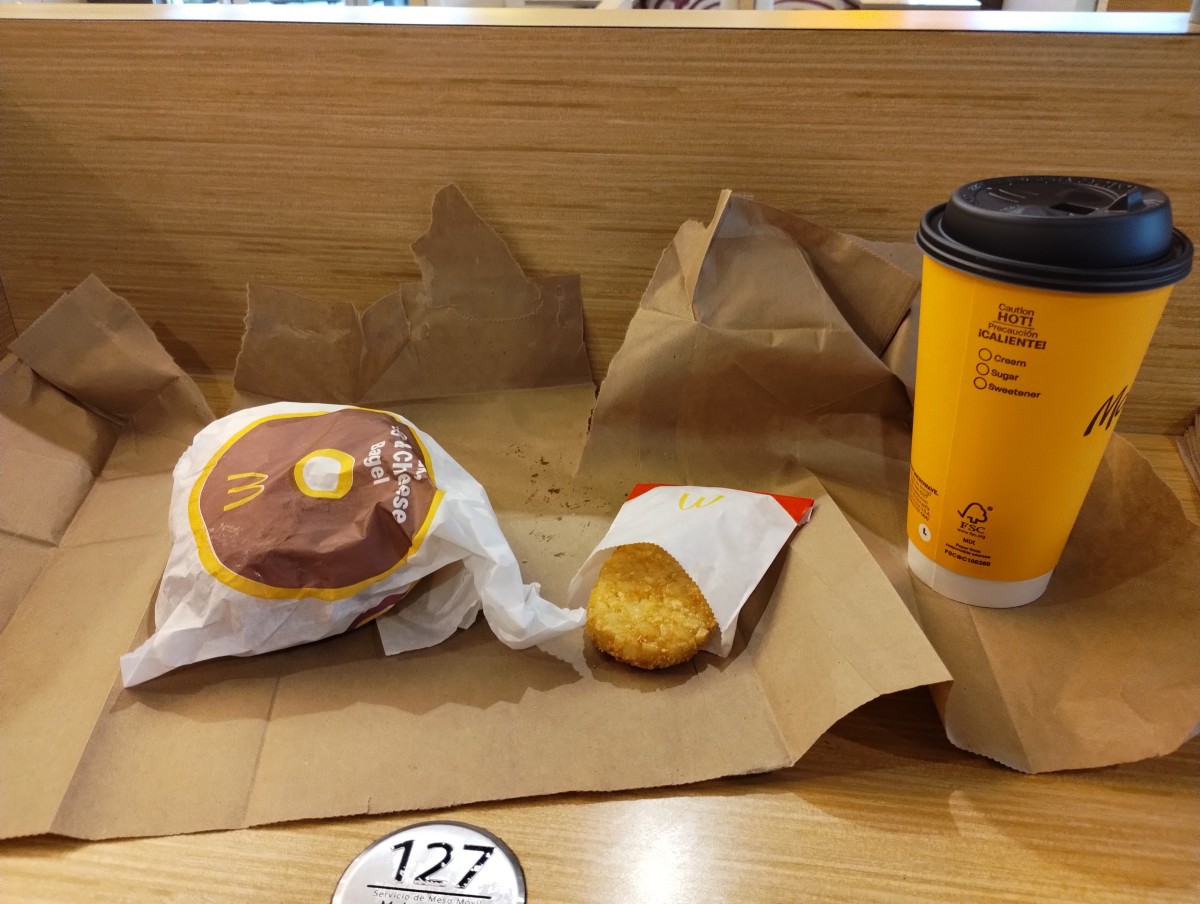Healthy Grocery Shopping on a Reduced Budget
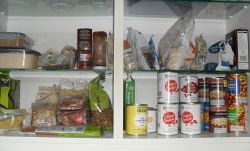
Have you suddenly found yourself on a reduced income? Or maybe you've been on one for a while already, but want to know how to eat more healthily within your budget? Then you've come to the right place to help you find some ideas on how to stretch your cash a bit further and still eat a tasty and healthful diet.
The principles here apply to people anywhere, but the lens does have a UK bias when it comes to supermarkets, brands and ranges. See what it corresponds to where you live and leave a comment sharing your experiences for others to benefit from!=)
Where to shop
Naturally, if you need to save money, it makes sense to shop at places that charge you less in the first place. Here are some ideas. They have a UK bias, but if you're from a different country, I'm sure you can think of places that fall into similar sorts of categories.
- The cheapest place to shop for all manner of items is often your local market. You can get hold of good value foods of all types, domestic and personal care products, pet foods and necessities and much more. The advantages are obvious, but there are some disadvantages too in that it can be hard to find somewhere near enough to park and you don't have a shopping trolley/cart to push around and so this option can be off limits for some. You may be able to source some products from markets though, even if you can't physically manage to do your full shop there.
- Bargain emporia such as pound shops/dollar stores and places like BMB Bargains etc, often stock store cupboard items at discount prices.
- Deep discounting supermarkets, most of which seem to be imported from the European mainland such as Aldi, Netto and Lidl usually offer excellent value for money, esp. on store cupboard things. Produce is often available at good prices and with a good amount of choice.
- Lower-cost supermarkets such as ASDA and Morrisons are a good choice and smaller branches are springing up in more and more locations, increasing the availability of these decent value places. Produce prices are usually decent and sometimes compete with those at deep discounters. Value and Saver ranges are often available on a huge range of things, including produce and frozen foods.
- Mid-cost supermarkets such as Tesco, Sainsburys and Waitrose are probably not the ideal choice for the very budget conscious, but they too usually have value ranges that sell for the same prices as those at cheaper supermarkets and, if you go at the right time of day, you can get excellent produce bargains.
- Independent wholefood stores can be a great help for getting hold of well-priced bags of things like dried pulses, nuts, seeds and grains. For those interested in healthy eating, these can be a great help.
- Ethnic supermarkets can also be of real value. We buy large, 2kg bags of red lentils from them at a good saving over the supermarket prices and also large packs of frequently used spices and seeds.
Where do you shop at the moment?
Tell us where you do your main shop
Finding good deals
After choosing a place to shop, there are four other things to consider looking out for:
1) 'Saver', 'Basics' and 'Value' ranges. More on those later on.
2) Daily discounts. Each supermarket (and market stall) will have a normal time when they will put out discounted 'sell by today' fresh and chilled foods. If you're not sure when this is, do ask one of the members of staff for help. Some great bargains can be found, (such as the two cucumber halves for 4p each and the two bags of salad leaves for 6p each that my husband found at Tesco last night), especially if you have a freezer. Don't buy more than you can safely store and use within a reasonable time though. Wastage represents poor value for money!
3) Special offers and deals. Many supermarkets have a series of offers going on at any given time, which can range from the 30p/50p/ã1 fresh daily deals at Morrisons to big name products at '2 for 1'. As long as it is something that you will really use, some wonderful deals can be got this way.
4) Select your own produce. Sometimes the pre-packed bags can be excellent value and sometimes not. You may need to take a few minutes to do some comparing at your favourite supermarket to see which offers better value. Generally, any Savers/Value ranges will be the cheapest, followed by select your own, then pre-packed, then 'Best' or 'Finest' ranges. Using Carrots at Morrisons to illustrate: A 1kg Savers bag is 59p, but not always available. A 500g pre-packed bag or 50p seems good value until you realise that that means £1 per kilogram and the select your own carrots are 75p per kilo. Onions too worked out at £1.36/kg in packs, but 90p/kg when we selected out own. It's worth checking!
Supermarket 'Saver' and 'Value' ranges
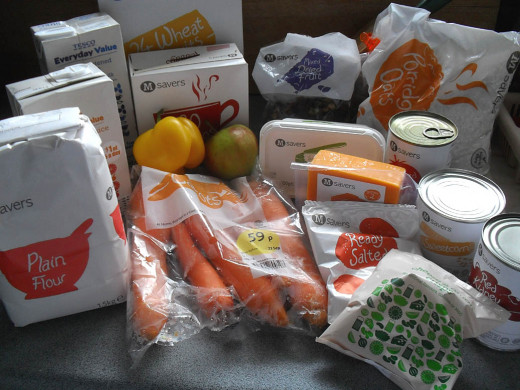
My husband and I make heavy use of supermarket bargain ranges, mostly Morrisons' Savers, but also some Tesco Everyday Value and Sainsburys Basics. It's fair to say that, owing to the low prices and increasing variety of these ranges, we're able to enjoy a larger selection of foods than we otherwise might. The photo above shows some of the products we had in stock on the day of writing this lens.
As you can see from the photo, I tend to go for simple or single foods from value ranges, rather than composite items such as complete meals or pre-made things. The ready-meal type of product doesn't tend to be as good quality as the standard priced item (although, frankly, ready-meals are rarely good value for money), but the simple products are and I can't really tell the difference between the tin of Savers red kidney beans at 19p and the general Morrisons brand at around 50p. The saving is clear though!
So, give some of these products a try if you haven't already. They're really very nice and there's a terrific selection available these days. Just take what you can get in the Savers cheese line at Morrisons:
*Blocks of cheddar in 'white' and 'yellow'
*Blocks of red leicester
*Slices of mild cheddar for sandwiches
*Processed cheese sandwich slices
*Wedges of Brie
*Balls of salad mozarella
*Packs of feta-style salad cheese
Not bad, is it? And that's before you start on the produce, tins, packets and all sorts. Saver ranges are a great help to us and we recommend them to anyone! We also use some of the frozen veg available and find, much to my delight, that the broccoli and cauliflower florets are cut nice and small and so are wonderfully convenient for adding to mixed dishes. I often find the pieces in standard ranges unhelpfully large.
Sadly, value ranges haven't yet extended to wholefoods such as wholewheat pasta, brown rice and pulses, (although white pastas and rice are available), but with the money saved on buying other savers items, we can stretch to supermarkets own wholefoods - taking advantage of any offers, of course!
Some expert advice - to save you a fortune




Items that you might consider *not* buying much of
As we're talking (at least a little) about healthy shopping, it's worth considering cutting down on the following or even eliminating them from your weekly shop as they can be quite expensive and are best saved as occasional treats:
- Sweets (candies), cakes and biscuits (cookies)
- Soft drinks such as pop (sodas) and fruit flavoured cordials
- Alcohollic drinks
- Tea and coffee
- Crisps (chips), salted nuts and snacks
- Desserts
- Ready-meals and pre-made sauces etc. It's almost always cheaper and healthier to make your own.
- Packet mixes for dishes. Or buy one to try and then try to make up the seasoning yourself the next time using the ingredients list on the packet as a guide.
- Animal products, such as meat, fish and dairy foods - often very high fat, over-concentrated protein and usually expensive.
Instead, concentrate on buying
- Fresh produce
- Whole grains
- Pulses
- Some nuts and seeds. These can be expensive and are quite rich, so small amounts are fine.
- Healthy flavourings such as good stock, herbs and spices.
Lots of recipes can be found on-line or in books available to borrow from your local library.
Enjoy!=)



